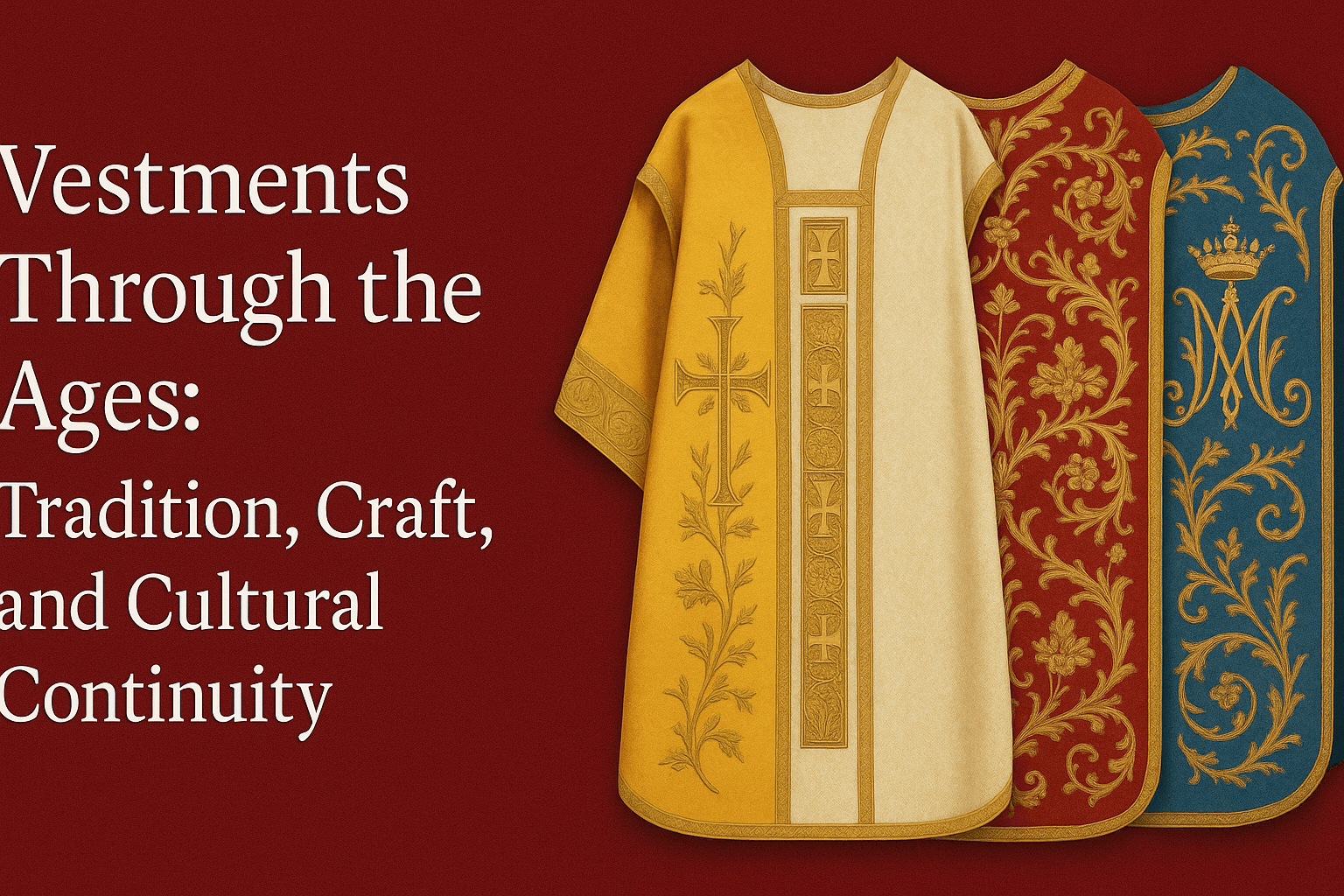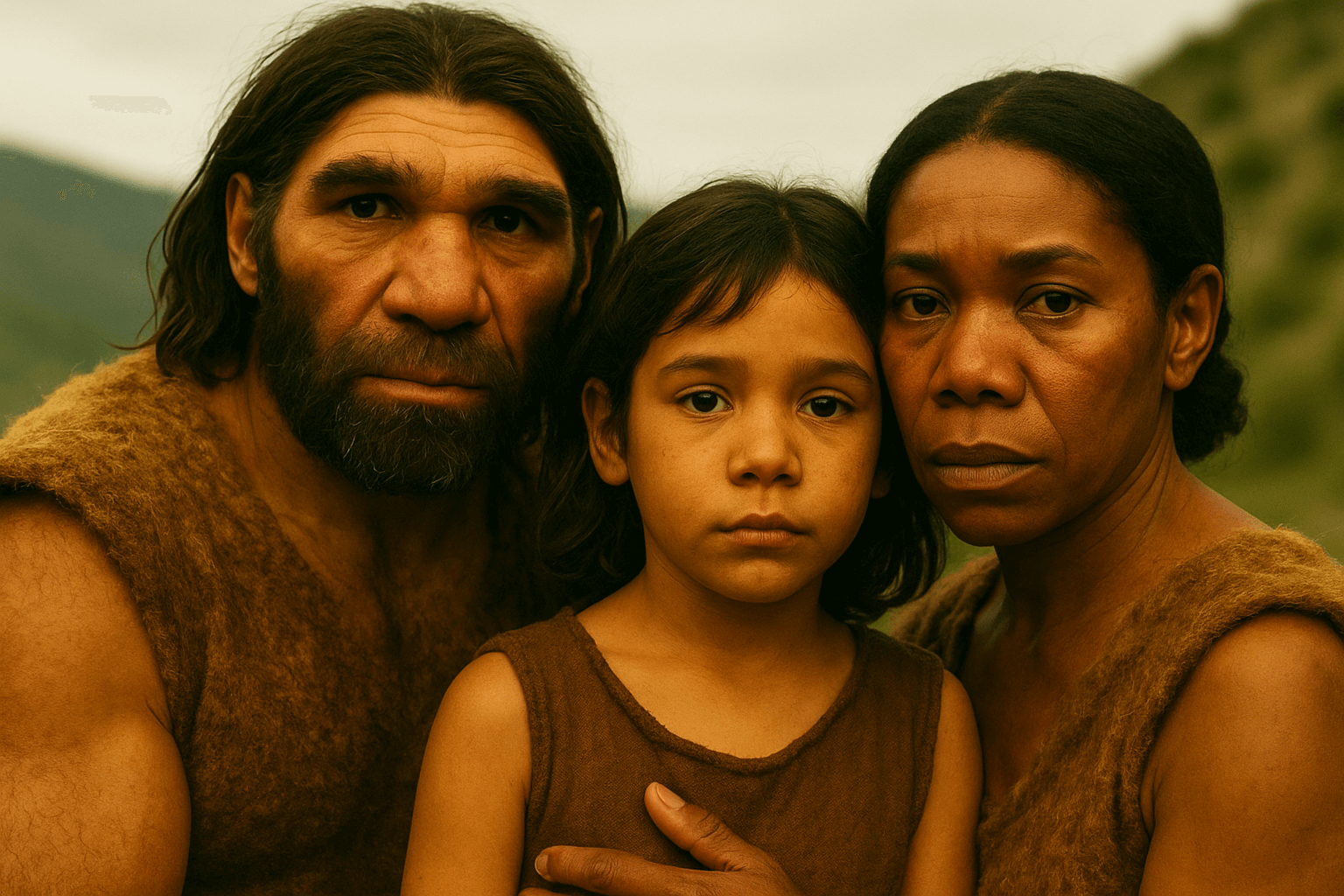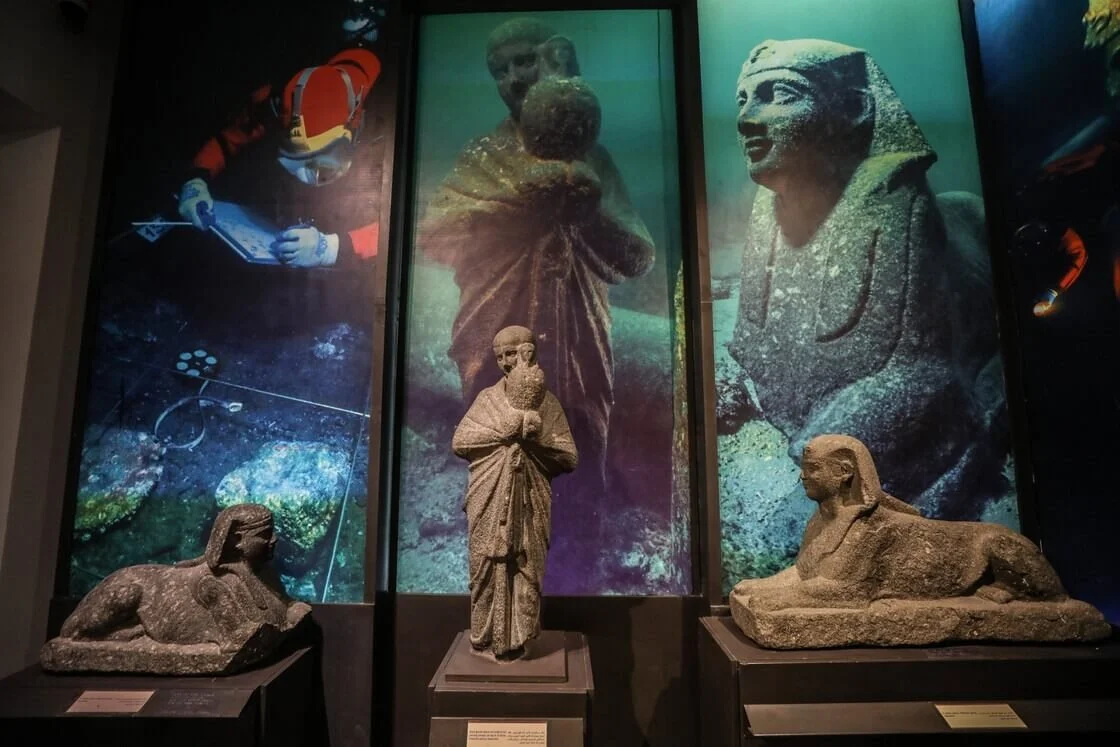THE ARCHAEOLOGIST EDITOR GROUP
Timeless Marvels: The Most Beautiful and Famous Ancient Greek Statues
Ancient Greece, with its wealth of art, philosophy, and political innovation, has left an indelible mark on the annals of human history. Among its most influential contributions are the classical sculptures, which not only showcased unparalleled artistry but also epitomized the Greek vision of human beauty and form. These sculptures celebrated the human figure, depicting gods, athletes, and citizens with an idealized realism that continues to inspire artists and aesthetes alike. Let's embark on a journey through time to admire some of the most beautiful and famous ancient Greek statues.
1. Discobolus (The Discus Thrower)
Attributed to the sculptor Myron, this iconic statue from the 5th century BCE depicts a youthful athlete in the midst of hurling a discus. With its intricate portrayal of tense muscles and the spiraled position of the body, the Discobolus captures the very essence of athletic focus and energy.
2. Venus de Milo (Aphrodite of Milos)
Discovered on the island of Milos in the 19th century, this statue represents Aphrodite, the Greek goddess of love and beauty. Although the statue's arms are missing, its graceful form and detailed drapery stand as a testament to the sculptor's masterful technique. Its precise creator remains a subject of debate.
3. The Riace Bronzes (The Riace Warriors)
Found in the sea off Riace, Italy, these two bronze statues date back to the 5th century BCE. Depicting naked bearded warriors, they are remarkable for their detailed rendering of anatomy and the still-lingering traces of silver eyelashes and teeth, copper lips, and nipples, showcasing the detailed workmanship of ancient Greek sculptors.
4. The Charioteer of Delphi
Often referred to as the "Heniokhos" (the rein-holder), the Charioteer of Delphi stands as one of the finest examples of ancient bronze sculpture. Discovered in 1896 at the Sanctuary of Apollo in Delphi, the statue likely commemorates a victorious chariot race at the Pythian Games. Dated to the early 5th century BCE, the Charioteer exhibits an almost serene composure and grace. With lifelike eyes made of onyx and intricately detailed clothing, the statue captures the precise moment of victory as the charioteer, still holding the reins, acknowledges the crowd's applause. The Charioteer, though missing most of his chariot and horses, remains a symbol of ancient Greek dedication to realism, balance, and aesthetic beauty.
5. Laocoön and His Sons
Though it's debated whether this is a Greek original or a Roman copy, this statue group found in Rome tells the tragic tale of Trojan priest Laocoön and his sons, who were strangled by sea serpents. The anguish and physical torment are palpably captured in the figures' twisted forms and contorted expressions.
6. The Dying Gaul
Originally part of a larger monument commemorating the Greek victory over the Gauls, this statue portrays a wounded Gallic warrior in his final moments. It is an embodiment of the Greek appreciation for the nobility of the human spirit, even in defeat.
7. Kritios Boy
Dating back to the early classical period, this statue represents a shift from the rigid poses of the archaic period to a more relaxed, naturalistic stance. The subtle twist of the body and the more lifelike rendering of anatomy heralded a new era in Greek sculpture.
8. Hermes and the Infant Dionysus
Attributed to the master sculptor Praxiteles, this marble statue was discovered in the Temple of Hera in Olympia. It depicts the messenger god Hermes holding the infant Dionysus, the god of wine. The delicate balance between movement and repose in the statue is emblematic of Praxiteles' refined style, and the sensuous curves coupled with intricate detailing exemplify the classical Greek ideal of beauty.
9. The Marathon Youth
This bronze statue, also known as the Marathon Ephebe, was retrieved from the Aegean Sea, near Marathon. Likely crafted in the 4th century BCE, the statue portrays a young man or god, possibly an athlete or Paris, the prince of Troy. Its significance lies in its transitional form, bridging the gap between the stiff Archaic style and the fluidity of the Classical period. The graceful, slender proportions of the figure and the intricate rendering of the hair showcase the meticulous attention to detail of its creator.
10. The Ludovisi Gaul and His Wife
This statue group, found in Rome but of Greek origin, offers a gripping portrayal of a Gallic warrior and his wife in their final moments. The Gaul, wounded and defeated, decides to end his life rather than be captured. In a poignant display of despair, he prepares to plunge his sword into his heart while his wife, already lifeless, lies beside him. It's a tragic depiction of the costs of war and serves as a counterpart to "The Dying Gaul". The statue not only captures physical realism but also the raw emotional intensity of its subjects.
Ancient Greek statues are far more than mere stone and bronze. They are crystallized moments of human emotion, snapshots of mythological tales, and reflections of the ancient Greek ethos. Whether they stand in the hallowed halls of the world's great museums or remain nestled among the ruins of ancient temples, these statues are timeless masterpieces that continue to captivate, inspire, and enlighten generation after generation.

















